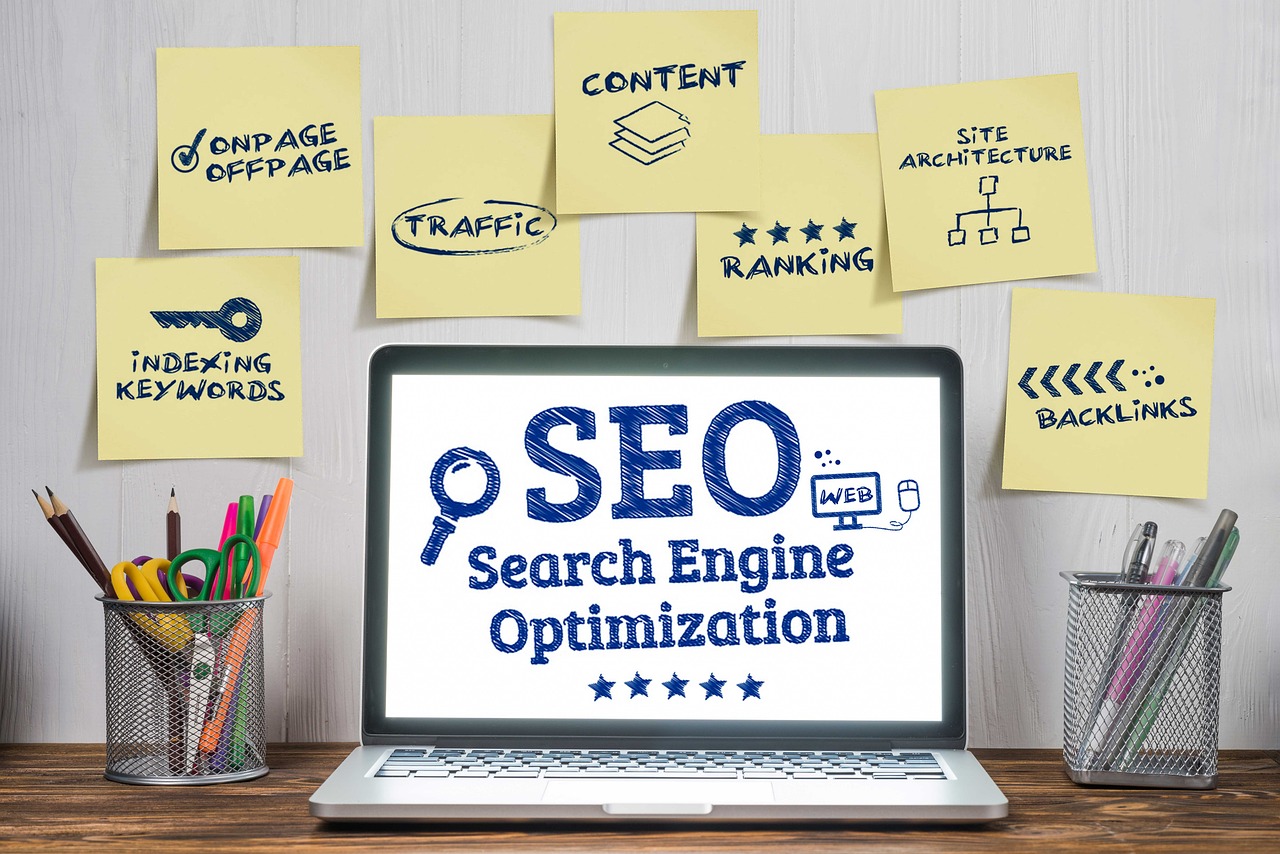Contents
Table of Contents
- Introduction to SEO and SEM
- Understanding the Difference
- The Power of SEO
- The Impact of SEM
- Why Combine SEO and SEM
- Data-Driven Benefits
- Steps to Get Started
Introduction to SEO and SEM
Search Engine Optimization (SEO) and Search Engine Marketing (SEM) are two integral pillars of digital marketing strategies. They are known for their power to elevate online visibility, drive web traffic, and convert leads into loyal customers. While both strategies aim to enhance a website’s reach, they employ different mechanisms to accomplish this goal. Understanding the advantages of SEO is essential, as these insights can guide businesses in determining the right mix of SEO and SEM for their growth strategies.
Though both SEO and SEM can significantly impact an organization’s online presence, combining them can yield exceptional results. So, what are SEO and SEM, and how can they complement each other to drive business growth?
For businesses seeking to elevate their image, professional branding services offer tailored solutions. These services encompass everything from logo design to comprehensive marketing strategies, ensuring that your brand communicates its values effectively and resonates with your target audience for long-term success.
Understanding the Difference
SEO primarily focuses on enhancing a website’s organic visibility through search engines, utilizing keyword optimization, quality content, and backlinks. On the other hand, SEM revolves around paid initiatives, such as pay-per-click (PPC) campaigns, which promote websites through ads that appear atop search engine results pages (SERPs). Comprehending these differences is essential to developing a strong digital marketing plan. While SEO is often seen as a marathon, providing cumulative benefits over time, SEM is more akin to a sprint, offering quick wins through paid placements.
The Power of SEO
SEO is a long-term strategy that yields sustained, organic growth. According to Statista, over 90% of all online experiences begin with a search engine. This statistic underscores the immense potential of leveraging SEO to attract targeted traffic.
Implementing SEO involves several key components:
Key Elements of SEO:
- Keyword Research: Identifying keywords that match the intent and interests of your target audience. This step involves understanding user behavior and search patterns to pinpoint terms that can drive the most relevant traffic to your website.
- On-Page Optimization: Enhancing individual web pages to rank higher and capture more relevant traffic in search engines. This includes optimizing meta tags, header tags, and content structure to improve relevance and user experience.
- Link Building: Obtaining high-quality backlinks from reputable sources to boost website credibility and authority. By acting as votes of confidence, these backlinks let search engines know that your material is reliable and important.
The Impact of SEM
SEM campaigns offer the unique advantage of instant visibility. By investing in PPC ads, businesses can achieve top positions on SERPs, ensuring immediate exposure to potential clients. As highlighted by WordStream, businesses earn an impressive $2 in revenue for every $1 spent on Google Ads.
The components of successful SEM strategies are diverse and can significantly impact the effectiveness of your campaigns:
Vital Components of SEM:
- Budget Management: Effectively setting and managing an ad budget to control costs and improve ROI. Allocating budgets wisely ensures that resources are spent efficiently to achieve the best outcomes.
- Ad Relevance: Crafting compelling and relevant ad copy to align with user intent and search queries. High-relevance ads tend to have higher click-through rates and conversion rates, leading to more efficient use of advertising spend.
- Performance Tracking: Utilizing analytics tools to measure and optimize ad performance continually. Regularly assessing the performance of your campaigns allows for adjustments and improvements, ensuring maximum effectiveness.
Why Combine SEO and SEM
Combining SEO and SEM can be a game-changer. While SEO builds the foundation of organic visibility and sustained growth, SEM offers immediate results and reinforces brand presence through paid ads. By integrating both, businesses can benefit from comprehensive coverage, ensuring they capture a broader audience across various customer journey stages.
When SEO and SEM strategies are aligned, they can complement each other’s strengths, providing a more holistic approach to digital marketing. This combination can lead to a higher overall return on investment by ensuring that businesses are visible in organic search results and paid ad placements.
Data-Driven Benefits
Various metrics, including organic traffic, click-through rates, and conversion rates, can measure the effectiveness of SEO and SEM strategies. Consistent data analysis helps businesses refine their approaches, ensuring they achieve optimal results. Data-driven decisions enable a more targeted and strategic application of SEO and SEM.
By regularly reviewing performance data, businesses can identify trends and patterns that inform future strategies. This continuous improvement ensures that SEO and SEM efforts align with business goals and market demands.
Steps to Get Started
Implementing these strategies doesn’t have to be overwhelming. Here are some first steps to get started on leveraging the power of both SEO and SEM:
- Conduct Keyword Research: Recognize the search terms that your target market uses to locate your goods or services. Utilize resources such as Ahrefs and Google Keyword Planner to find high-value keywords that will bring relevant traffic to your website.
- Optimize Your Website: Ensure your content, meta tags, and website structure are all optimized for search engines. This includes improving page load speeds, ensuring mobile responsiveness, and creating high-quality, relevant content that meets user needs.
- Set SEM Budgets and Campaign Goals: Determine your budget and define clear, measurable goals for your SEM campaigns. Establishing these parameters helps guide campaign planning and execution, ensuring resources are used effectively.
- Analyze and Adjust: Regularly review performance metrics and tweak strategies for continuous improvement. Use tools like Google Analytics and SEMrush to monitor campaign performance and make data-driven decisions.
By thoughtfully combining SEO and SEM, businesses can unlock powerful synergy that drives substantial growth. This balanced approach ensures they benefit from immediate visibility and sustainable organic reach, setting the stage for long-term success.




